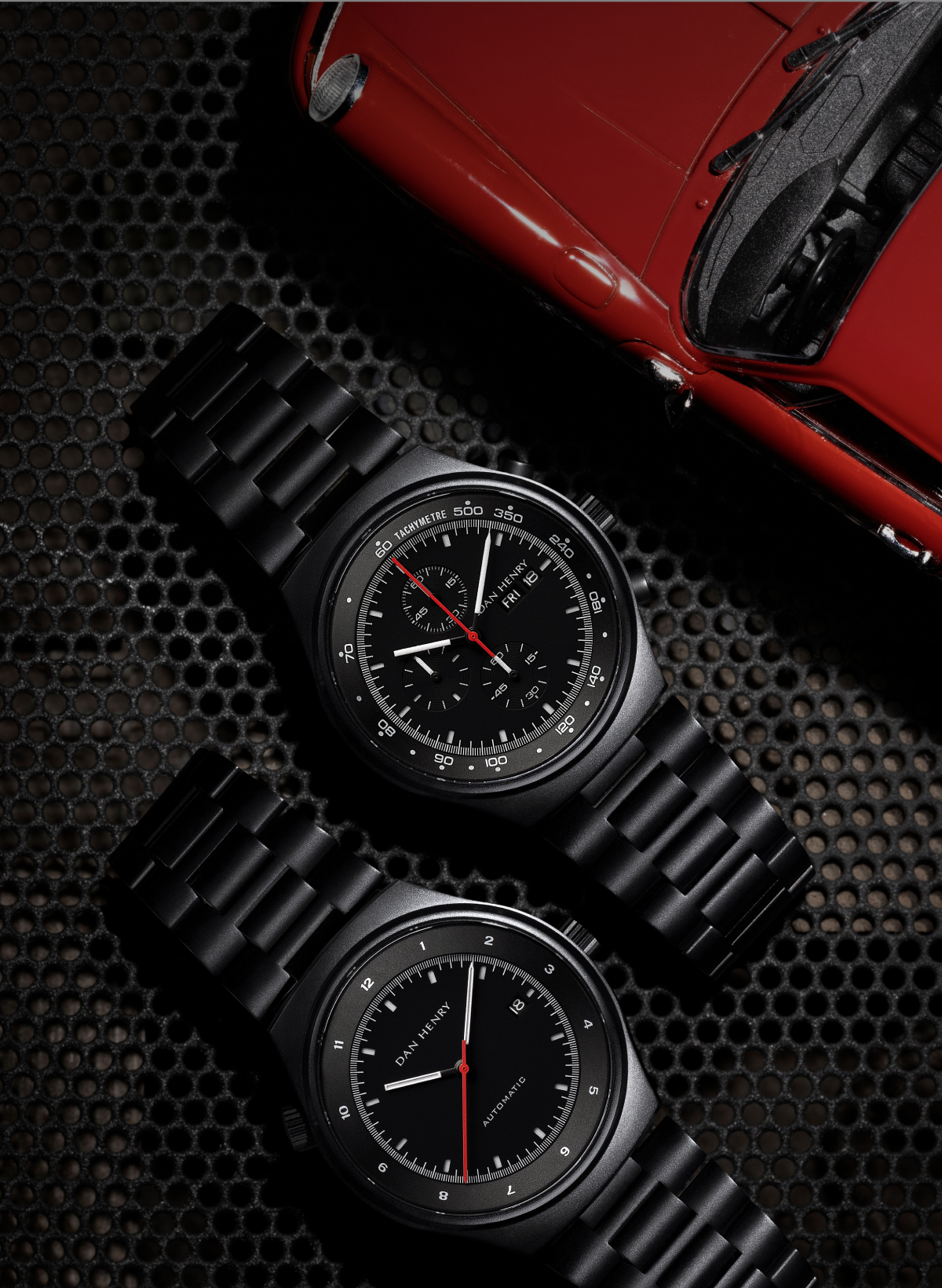Dunhill Salaam Namiki - The Most Understated and Unknown Lighter
It’s that moment in the movies when Bogart casually snaps open his lighter, reaches over and lights Lauren Bacall’s cigarette. The message is clear - if you want to get the girl, don’t turn up with a packet of Swan Vesta. Lighters are cool.
In fact, even if you’ve never taken a drag in your life, lighters are still cool. There’s something incredibly satisfying about having the most primal resource at your command. Fire, right at your fingertips - and so elegantly, too.
For a start, Dunhill is to lighters what Rolex or Patek Philippe are to watches. There’s a solidity, weight, fit and finish to a Dunhill that comes from focus on form and function - just like a high-quality timepiece. And lumophiles are just as happy to obsess over Dunhills, their variations, developments and evolution as horophiles are to debate the finer points of a tritium-zinc Rolex meters-first dial.
Perhaps one of the most understated - and unknown - lighters out there is Dunhill’s Salaam Namiki. Rummaging through a box of old lighters, pens and watches at a sale, you could easily mistake a Namiki for a cheap, oriental gee-gaw with a painted design. But it’s actually a pocketsized work of art.

Despite its thoroughly oriental name, the Salaam Namiki was developed from a collaboration between the oh-so-British business of Alfred Dunhill, Swiss Jaeger LeCoultre and Japan’s Namiki Manufacturing Company. It’s hard to believe that something quite so rare came from a firm that, today, makes roller-ball pens for a few dollars, but the Salaam Namiki is Japanese art at its most technical and detailed.
These lighters aren’t painted, they’re lacquered. And with a very particular type of Japanese lacquer - maki-e. This is a technique, developed in the first century AD, where layers of wet lacquer and images painted with fine, often precious, metal powder are built up with tiny, soft brushes. Once painted, the lacquer is dried before the craftsman applies another layer of paint, powdered metal and lacquer. The result is a depth of gloss and detail that would shame a Pebble Beach-winning Bugatti.
As Japanese fashions changed to become more Western, maki-e slowly faded from view. It was only when Ryosuke Namiki, originally a shipping agent, revitalized the craft in the early twentieth century that it found commercial outlets in the west. Cartier, Asprey and Dunhill soon realized the technique could be applied to their products and so a maki-e renaissance began with pens, cigarette cases and lighters. The joy for the collector is that the base objects themselves are often of exceptional quality. After all, why expend hours of time and technique on a cheap lighter?
Dunhill’s Salaam series, using Namiki’s maki-e technique, are rare indeed. They were developed from a collaboration with Jaeger leCoultre’s Henri Rodanet. He was the brain behind inventing and patenting a series of watches, clocks and precision instruments for Jaeger - including the Salaam lighters.

Dunhill’s immediately post-war lighters tended towards the elegant but austere, but from 1947, things began to change. The company introduced a series of Salaam lighters featuring maki-e images of Paris landmarks - the Eiffel Tower, L’Opera, Notre Dame and even the Paris coat of arms. Businesses were quick to catch on and commissioned models carrying their logos, like PanAm and Jaeger LeCoultre. Even the French Army and a roll-call of other government departments had their own models.

Today, few collectors even know of their existence, let alone their value. So, the next time you find a box of old lighters at a sale or an auction, look a little more closely. Find a small, heavy, lacquered lighter marked ‘Dunhill’, and you may have just started your Namiki collection.
























